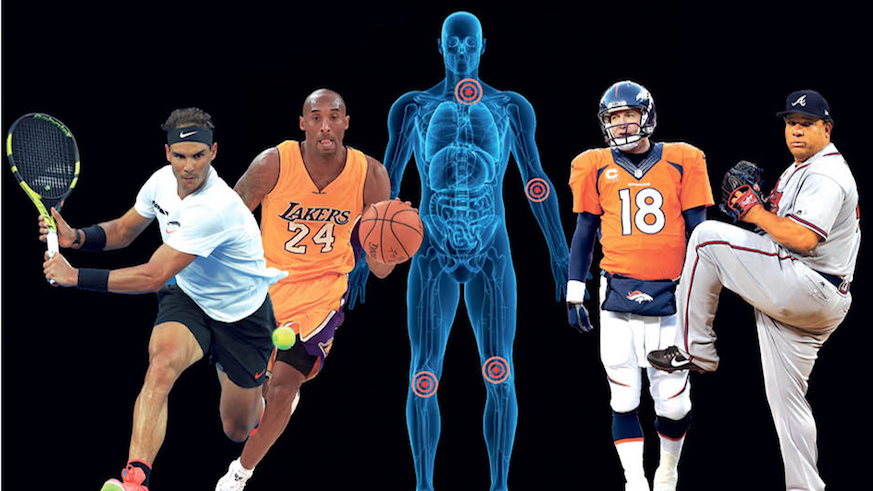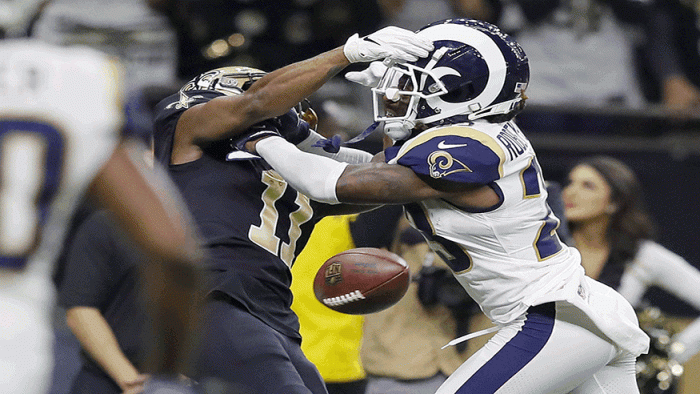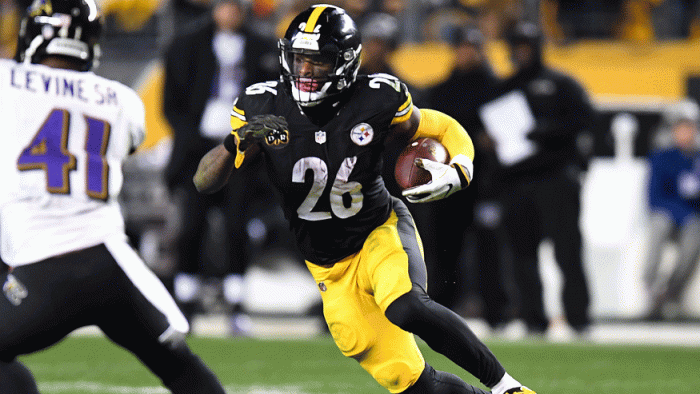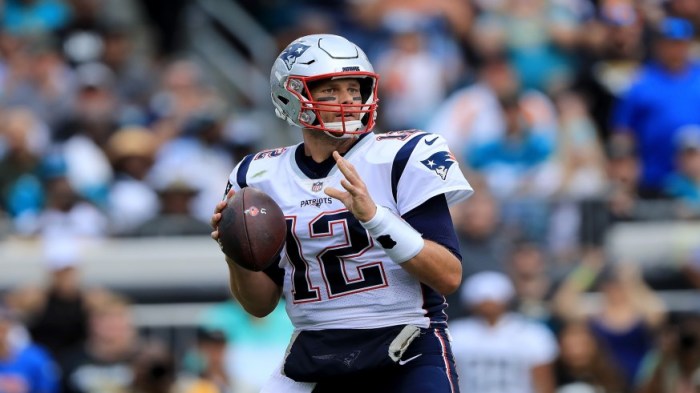Kobe Bryant traveled to Germany one off-season several years back to have PRP (platelet rich plasma) therapy. The season after his first injection, he led the league in scoring for much of the year. Peyton Manning reportedly went to Europe in 2011, had stem cell therapy and broke every passing record in the NFL book shortly thereafter. Both athletes were well into their 30s when they had these cutting edge and often taboo treatments done.
In most every other walk of life, your mid-30s is supposed to be your prime. In professional athletics, 30 is considered old, and 35 is considered ancient.
That perception, however, could change radically in the next few years.
Lee Buckler is the CEO of RepliCel, a company in Vancouver, Canada, that is making extraordinary strides in researching cell regeneration for damaged tendons and is providing innovative treatment that promotes the healing process. When asked if he thinks that pro athletes will be able to play into their 40s and possibly even 50s in 25 years or so thanks to modern medicine – specifically cell therapy – Buckler was firm that it would not take nearly that long.
“In the next five to 10 years we’re going to see it,” Buckler told Metro. “As a field of regenerative medicine, in the next five to 10 years we’re going to be able to see not only the high performance athletes, but the weekend warriors and aging baby boomers be able to regain the functionality in their beaten down ligaments and tendons.”
Complete restoration
What RepliCel and other regenerative medicine companies are doing is completely restoring tissue using a person’s own cells.
“We take the patient’s own cells from a tissue biopsy that we take from the back of their scalp,” Buckler said. “There are cells in there that are highly expressive of the kinds of proteins that build tissue. We then grow millions more of those cells in the lab. And then we put them in a vile and send them back to the doctor for reinjection.”
Surgery to repair broken-down knees and elbows are basically a “quick fix” Buckler says, and it’s just now that we’re getting to a point where full restoration is possible.
“We haven’t just numbed the pain [with cell therapy],” Buckler said. “We haven’t just carved away chips in your joint or anything like that. What we’ve seen from the studies we’ve done so far, is we’ve regenerated your tendon in a very natural way using your own cells. How long that lasts depends on how well we’ve rebuilt your tendon and how much abuse you are going to subject your tendon to in the future. One thing that we believe with certainty is that it’s going to be a lot more doable than any other approach that’s simply trying to address the symptoms or increase your function, without truly regenerating your tendon.”
What’s next?
RepliCel has partnerships across the globe and is working on some “emerging relationships” in the United States, which Buckler says will soon lead to a pre-IND (investigational new drug) meeting with the FDA. He anticipates great activity in the U.S. soon.
Cell therapy is already commonplace in the NFL as Sports Illustrated reported in 2014 that stem cell treatments were already being used by hundreds of players (an average of six players per team). But the treatments are still largely frowned upon by the mainstream U.S. sports leagues. From the S.I. piece:
“Stem cells are still somewhat in the shadows – evidence of their usefulness in treating athletes’ injuries is so far largely anecdotal, NFL teams often will not pick up the bill for players, and the overseas market for treatments not approved in the U.S. makes the whole field seem somewhat taboo.”
Strong results
Athletes who have reportedly used cell therapy in recent years include Atlanta Braves pitcher Bartolo Colon (still going strong at 43 years old), tennis star Rafael Nadal (ranked No. 5 in the world at age 30) and Spurs forward Pau Gasol (averaged 12.4 points per game this season at age 36). Bryant’s PRP therapy involved his own blood, which was churned and separated before giving him platelets above the normal human level. Platelets are the clotting cells of our blood.

























